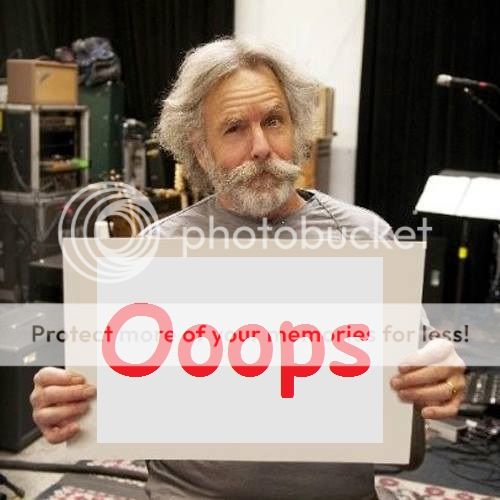RollingThunder
Gold Member
- Mar 22, 2010
- 4,818
- 522
- 155
Many of America's AGW denier cultists have been brainwashed by the fossil fuel industry's propaganda into the delusional belief that renewable energy sources like solar and wind energy can't compete economically with fossil fuel power plants, but some recent news from Germany belies that particular idiocy.
3.1 GW Of Fossil Fuel Power Plants To Be Shut Down In Germany No Longer Competitive
CleanTechnica
(excerpts)
RWE has announced in their latest report on their first six months results (press release in German) that they plan to take 3.1 GW of fossil fuel generating capacity off the market. The reason they give for that is that wholesale electricity prices are way down in Germany as a consequence of more renewable in the mix. They would be losing money if they needed to sell at these low prices. They dont, since most of their business is fulfilling contracts from the past couple of years, which still have higher prices, but that effect will be gone soon.
We learn from that: Prices have gone down from the mid term average of around EUR 55 a MWh to less than EUR 40. They estimate the minimum price necessary for gas generation as EUR 70, for coal as EUR 60, for lignite as EUR 45, and even for nuclear power after the plants have already paid back their investment as EUR 40, including a tax on nuclear fuel. With prices below EUR 40 on the wholesale markets, operators like RWE may want to mothball their nuclear capacity even before they are required to do so by the 2011 law on the nuclear phase-out. For one, he notes that this is great news. If RWE cant even run fossil fuel power plants that have paid back their investment already at these low wholesale market prices, it follows that it doesnt make any sense to start building new fossil fuel capacity now. Any new plant would need to earn back its capital cost, which is of course impossible.
3.1 GW Of Fossil Fuel Power Plants To Be Shut Down In Germany No Longer Competitive
CleanTechnica
(excerpts)
RWE has announced in their latest report on their first six months results (press release in German) that they plan to take 3.1 GW of fossil fuel generating capacity off the market. The reason they give for that is that wholesale electricity prices are way down in Germany as a consequence of more renewable in the mix. They would be losing money if they needed to sell at these low prices. They dont, since most of their business is fulfilling contracts from the past couple of years, which still have higher prices, but that effect will be gone soon.
We learn from that: Prices have gone down from the mid term average of around EUR 55 a MWh to less than EUR 40. They estimate the minimum price necessary for gas generation as EUR 70, for coal as EUR 60, for lignite as EUR 45, and even for nuclear power after the plants have already paid back their investment as EUR 40, including a tax on nuclear fuel. With prices below EUR 40 on the wholesale markets, operators like RWE may want to mothball their nuclear capacity even before they are required to do so by the 2011 law on the nuclear phase-out. For one, he notes that this is great news. If RWE cant even run fossil fuel power plants that have paid back their investment already at these low wholesale market prices, it follows that it doesnt make any sense to start building new fossil fuel capacity now. Any new plant would need to earn back its capital cost, which is of course impossible.





